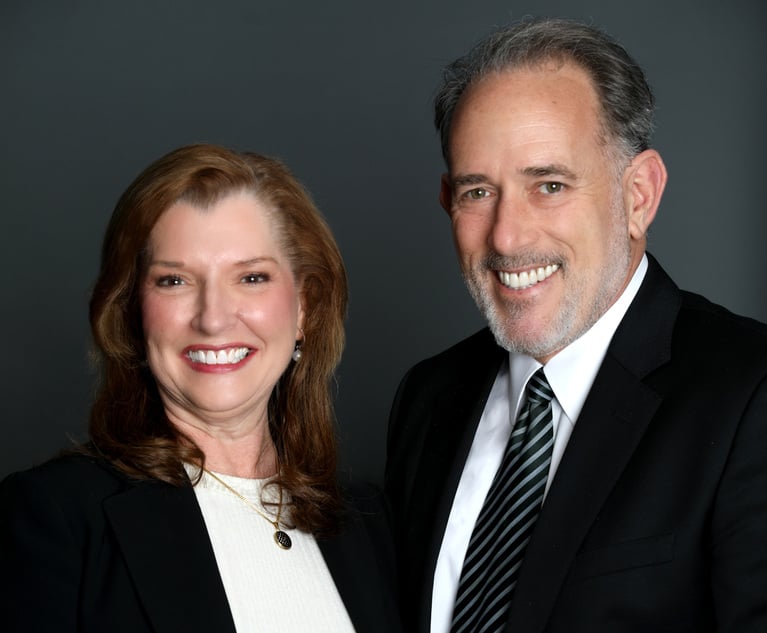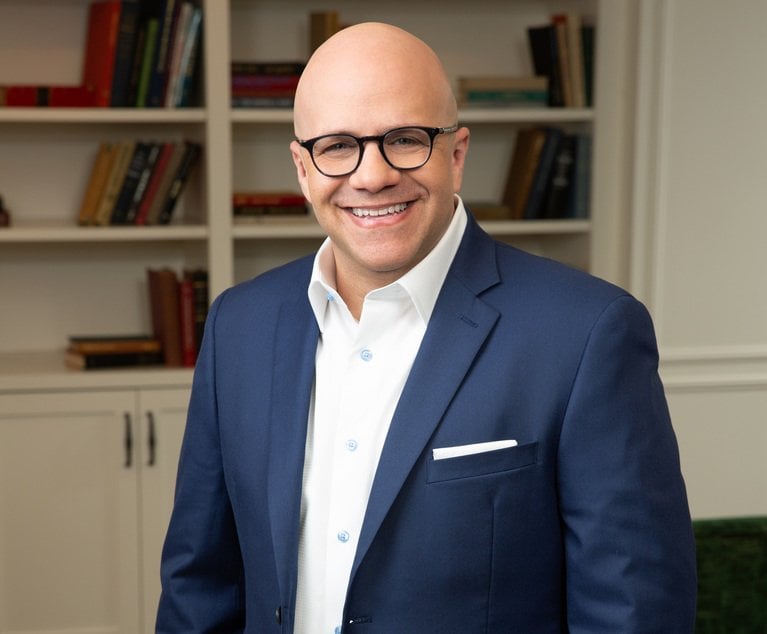Every firm’s executive committee knows the changes that their partners need to make: some combination of more entrepreneurship, greater collaboration, higher leverage and more. The challenge isn’t to identify these necessary new behaviors; but to get partners actually doing them.
As I talk with firms across a broad range of size and profitability, I hear of a common set of obstacles to partners changing in these ways. But we also discuss a robust set of ways to work around them. The following is a synthesis of these conversations and represents a set of workarounds for the typical obstacles that arise on the road from “knowing” to “doing.” They are grouped under four headings:
- Aspiration: Partners need to be bought into something they’re trying to achieve as a group as reason for changing their behaviors.
- Goals: Partners have to translate what achieving this group aspiration means in terms of concrete changes they individually will make.
- Coaching: Partners need to be helped with guidance, encouragement and accountability in order to achieve their goals.
- Leadership: Leaders need to hear in a way that is specific to their situation, and that can’t readily be ignored, how they too must evolve. This typically encompasses modeling the changes sought in others, handling difficult partners assertively, and avoiding any appearance of cronyism.










